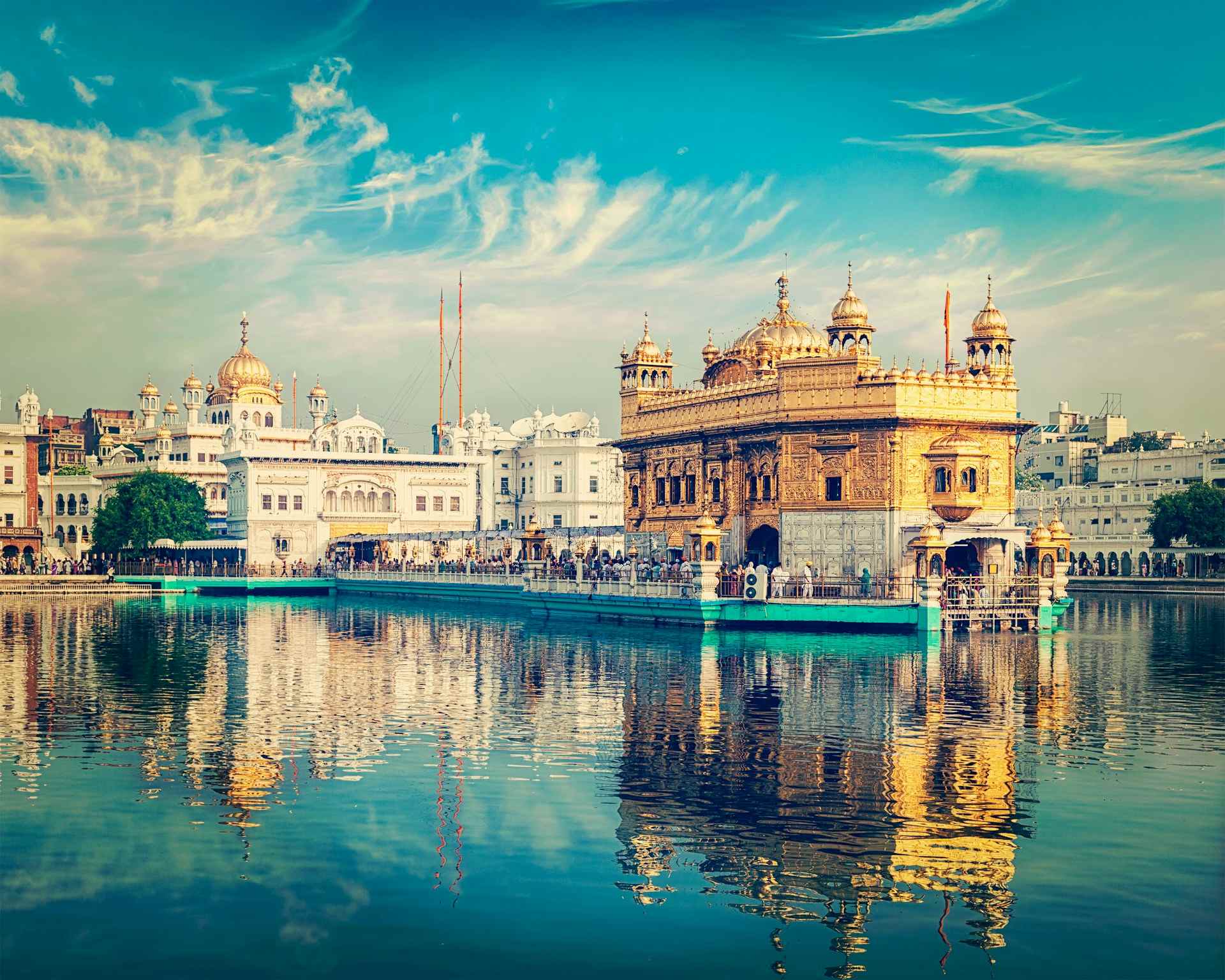India is making a significant push to boost its tourism sector with a $474 million (INR 41 billion) investment aimed at developing 116 new tourist destinations. This initiative, undertaken in collaboration with state governments, is designed to enhance the country’s appeal to both domestic and international travelers, positioning India as a more competitive global tourism hub.
Out of these new projects, 40 destinations have been designated as iconic tourism centers with a focus on international branding and marketing. Some of the standout developments include an eco-retreat and adventure hub in Arunachal Pradesh, a state zoo and botanical garden in Assam, a film city in Chhattisgarh, and a tented city with a convention center in Gujarat. These destinations are expected to diversify India’s tourism offerings and create new travel experiences beyond the traditional hotspots.
Despite the ambitious nature of this plan, concerns remain over India’s marketing strategy for attracting global tourists. Last year, the country’s international tourism promotion budget was slashed by 97% to just INR 30 million ($361,000), and there has been no increase in this year’s allocation. This lack of promotional funding raises questions about how effectively these new destinations will be marketed to international travelers.
India’s inbound tourism has struggled to regain its pre-pandemic momentum. In 2023, the country welcomed approximately 9.5 million foreign tourists, reaching 90% of pre-COVID levels. However, in the first half of 2024, only 4.8 million foreign arrivals were recorded, signaling a slower-than-expected recovery. Industry experts point to factors such as cumbersome visa processes, limited promotional efforts, environmental concerns, safety perceptions, and a shortage of hotel accommodations as barriers to growth. Additionally, the suspension of tourist visas for Chinese nationals has further impacted visitor numbers.
Speaking at the Skift India Forum, Mugdha Sinha, Director General of Tourism for the Government of India, projected that foreign tourist arrivals are expected to peak between 2028 and 2029. She also revealed that the government plans to invest INR 120 billion ($1.4 billion) in infrastructure over the next three years, with a focus on creating alternative destinations that can ease the burden on overcrowded tourist hotspots.
This large-scale investment underscores India’s commitment to strengthening its tourism industry through infrastructure development and destination diversification. However, for the initiative to be truly successful, the government will need to address key challenges, including marketing efforts, visa policies, and improving the overall travel experience for international visitors.


